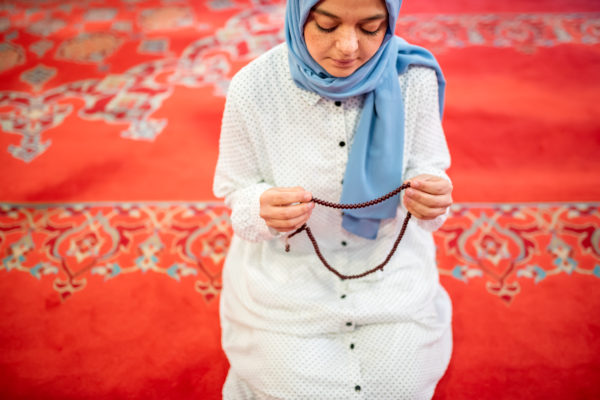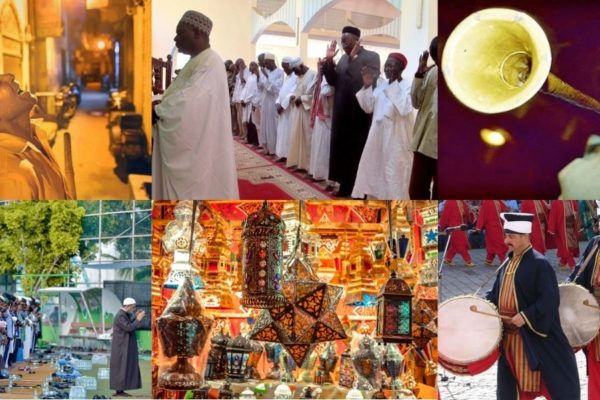Like day and night, life and death complement each other.
Like day and night, life and death complement each other.
Things are made manifest by their opposites, an Arab poet has famously said. Sometimes it takes death, at its lethal best, for us to appreciate life and realize its full potential.
On the face of it, death appears somber and taciturn, but its morbid silence enlightens us more about life than of itself. The more we reflect on the mystery of death, the deeper and denser we will be fathoming out the meaning and worth of its polar opposite — life.
But are death and life mutually incompatible or antithetical to each other? Like day and night, they reign over their respective realms without encroaching on the sovereign territories of one another. Never does death plot a coup d’état to unseat life, but like a loyal heir apparent it patiently waits for the opportune time.
When life abdicates crown, death stealthily, coyly steps in to assume power, just like the moon wends its way into a sky which is now no longer dominated by the sun. It seems even after the life sets, its afterglow lingers for a while. You can still see it hesitantly receding from behind the looming shadow of death.
However, we appear too loyal to the incumbent to think of the successor. We tend to avoid thinking of death because it scares the life out of us. The mere mention of death is enough to jolt us out of our rut. Poet Dylan Thomas had captured the primordial fright about that impending nightfall when he wrote: “Do not go gentle into that good night, Old age should burn and rave at close of day; Rage, rage against the dying of the light.”
The unexpected death of someone closer to our heart is likely to disrupt the rhythm of our life for a while. However, we emerge from the mourning loaded with more insights and a deeper understanding of life than perhaps what we might glean from living a whole life. It’s because death provides us with an opportunity to watch life from a concealed vantage point, bringing to our focus a 360-degree view of it. Although it scares us, death lends meaning and purpose to life just like destinations lend meaning and purpose to our trips.
Like day and night, life and death complement each other. Stripped of death, life is inconsequential and all its experiences arbitrary. Life is headed for death like the sun is destined to plunge into the sea or disappear behind the mountain. So the excitement of life lies in meeting death. Probably that is why the Quran employs the expression ‘tasting the death’ to describe our encounter with it.
Life is always in the making till it culminates in death. It’s like a sentence which comes to its full bloom with a full stop. We punctuate our life’s sentence with commas, colons, and semicolons wherever required so that it’s structured well and moves smoothly to the full stop. The craftsmanship of life lies in making it beautiful when it finally goes to print, no matter how many layers of editing and rewriting you put it through.
Some people can sum it up in a simple, beautiful, witty sentence without many punctuations, while some others write longwinded compound-complex sentences with many convoluted layers but signifying nothing. When it comes to our life, it’s content rather than the length that counts in the final analysis.
Much of what we know about death is less about it
But no matter how many people we treat in their deathbeds or how many funerals we attend, they don’t add anything new to our knowledge of death. In fact, much of what we know or pretend to know about death is less about it and more about life.
We hardly have any experimental knowledge about death. We always talk about it from a spectator’s perspective, based on the feelings, assumptions, and conjectures of those who are alive. We are left with no primary sources to talk about the excitement and pain involved in the process of dying. We bury the dead so fast that no one is left to give a first-hand account of death. It seems we are so scared to know what happens after death.
Look at the adjectives and the multiple figures of speech we use to describe death. They all denote the feelings and emotions of the onlookers and have hardly anything to do with the actual experience of the ones who have died. Death is a loss to the near and dear ones of the deceased, but it cannot necessarily be so to the one who died. A murderer must be rejoicing over the death of the person whom he eliminated; but he never knows how the death has turned out to be for the victim – a boon or a bane.
But death is not just the culmination point of our worldly existence. It is the only thing that is sure to happen to us, unlike many plans and goals we set for our life. That is why death is more important to our lives than many things we consider essential to our life.
Dimensions of life
If death is not around, we get only a single dimension or even a distorted picture of life. While in the midst of living, life is not fully unfolded before us. We live our lives in small phases and therefore our understanding of it is always limited by the phases available to us.
The limited time and the short radius within which our day-to-day life is played out always define our perception of life as well as its goals. We take for life the limited version or a few facets of it available to us, missing several other dimensions.
But our perception of life is subject to change as we live on and gain new experiences. Many of our lofty aspirations and ambitious goals in life are formed by and circle around these distorted perceptions. That is why it turns out quite often that we dedicate a major chunk of our life in pursuit of certain goals, and by the time we fulfill them, our perception of life could have come a full circle, rendering many of our efforts futile and meaningless.
But when death comes to the picture, everything goes for a toss. Goals and aspirations which were shaped with no element of death in the picture run the risk of getting altered anytime. For all our precautions and guards, it’s not possible to avoid a confrontation with death. While we speed up in the fast track of life, there are quite a few blind spots where we are unable to see the death rushing in and colliding with us.
Death is often portrayed as the cessation of life, but it marks the end of life as we know and experience it, and not necessarily the way it ought to be. Nor is death just a phenomenon awaiting us towards the fag end of life. It’s something bothering us right from the beginning of life.
We are so preoccupied with it that we are mounting guard against it through all our efforts to save life from prenatal care aimed at preventing abortion or miscarriage to ventilators which delays a confirmed death.
Strategies for death
When we lay down a future strategy or plan, we are betting on a lot of probabilities. We are not able to plan anything without taking many things for granted. Even our availability as well as the availability of the people and things involved in it is only a probability.
While everything else in our future is built on mere assumptions and probabilities, death is an inevitable experience we have to go through. And since death operates independently according to its own terms and conditions and defying all our plans, our life is always at the mercy of it. It can approach us at any time and place of its choice, rendering all our plans and vision for life irrelevant.
Therefore, we cannot afford to ignore death in any of our serious strategies. All our plans should take into account death and what lies beyond death. When we live without a plan for beyond death, we are ignoring a vital area of life.
Death is not something that happens at an appointed time and a given place known to us in advance so that we can ignore it in all our plans till that time, and dedicate only the last few days, months, or years of our lives to prepare for it. But death is rather a phenomenon knit together with our life. It always weighs heavily on our life, playing hide-and-seek with us in each breathing.
Since its arrival can be expected any time, we cannot postpone our plans for it for a later period. If death approaches us, while we are not prepared for it, it will catch us unawares, while we are still preparing for a life, the duration of which has already come to an end.
However, preparing for death does not have anything to do with running away from the responsibilities of life. We can’t have a separate strategy for death, in isolation from what we do for our life. A solution lies in living a responsible life and integrating our strategy for our worldly life with a strategy for eternal life after death.
Viewed through the narrow prism of worldly life, death is an end of life. But seen from the wider perspective of eternity, birth and death are just two junctions or stopovers on our long journey.
Powered by our experience of life, we can clearly say that the pre-birth stage (the nine months in the womb) was preparation for life. But our ignorance of the post-death stage makes it hard for us to believe that our life is preparation for the next.
Death is the gateway to the next stage of our existence and therefore the day of our death is just another birthday. We are just entering from the womb of life to the tomb of eternity. Happy Birthday to all the good souls who embraced eternity today!
This article was originally published here.





